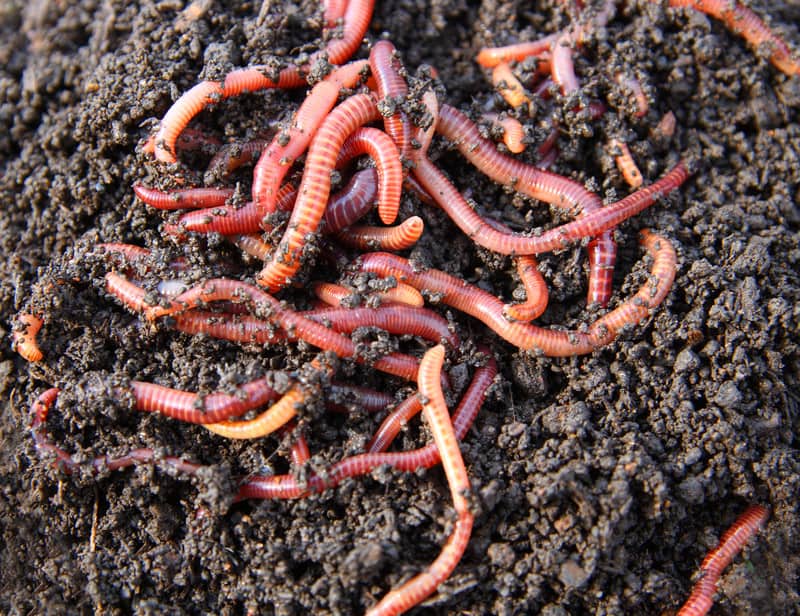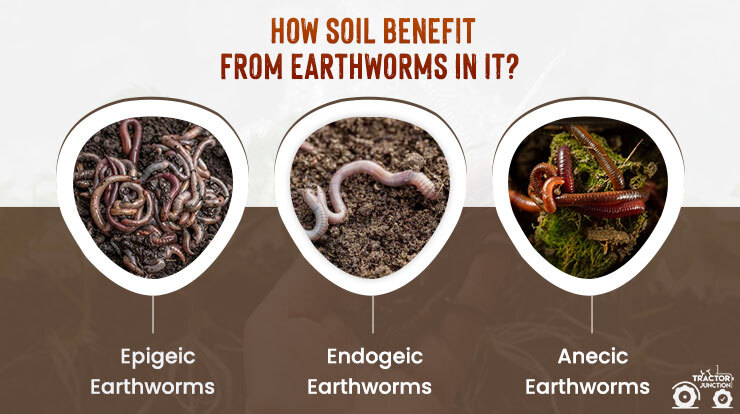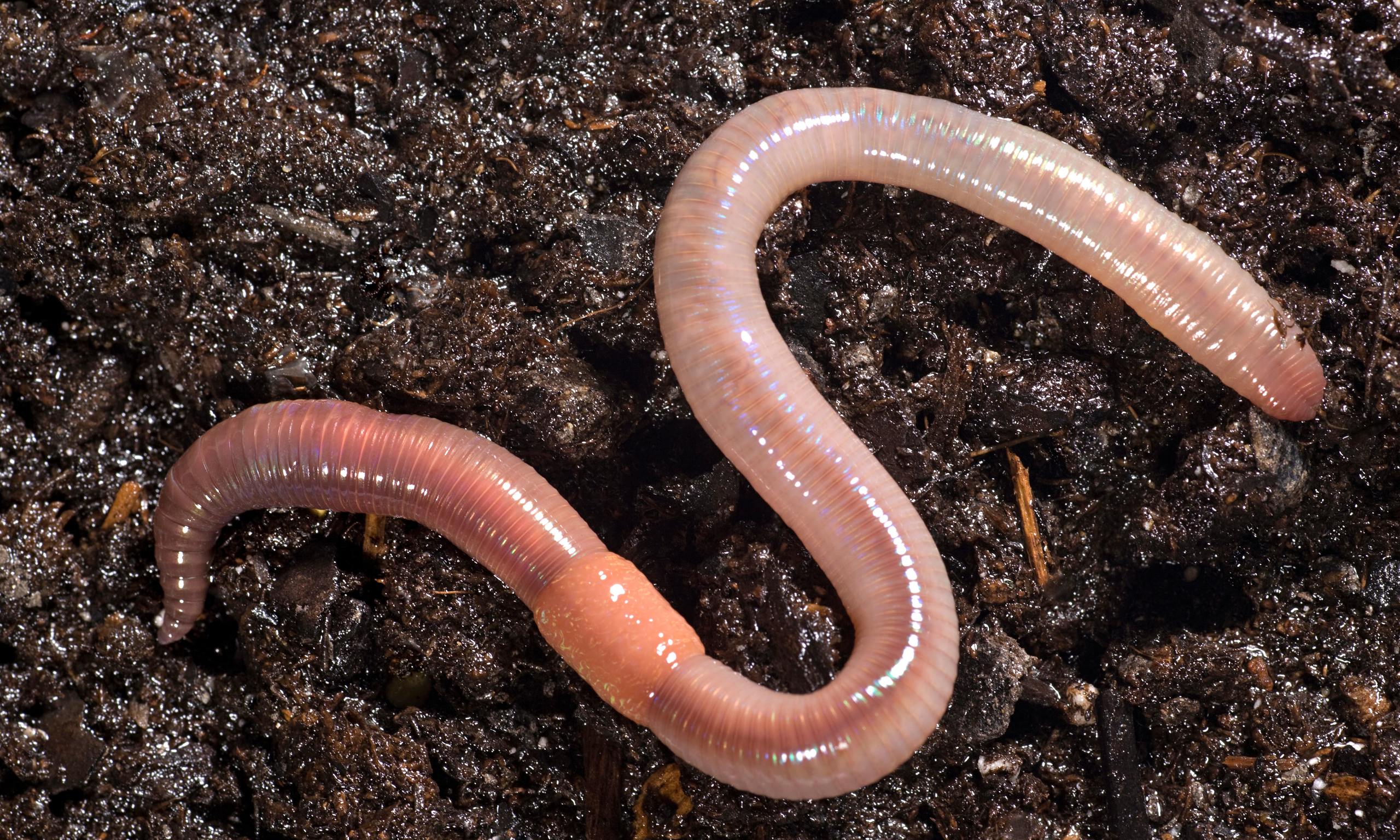North Carolina Worms - Truths
An Unbiased View of North Carolina Worms
Table of ContentsNorth Carolina Worms Things To Know Before You Get ThisNorth Carolina Worms Can Be Fun For AnyoneWhat Does North Carolina Worms Mean?The Ultimate Guide To North Carolina Worms
Instance: 1-gallon of worm castings to 4 gallons of potting mix. 1/2 mug in the base of the planting opening for smaller sized plants. 1 cup for larger plants.
The enhancement of tea can also include raised microbial biomass to your soil. You can constantly side-dress your plants with worm spreadings at any moment. Just bear in mind, the bacteria will pass away if subjected to UV rays (Sun), so be sure to cover the castings with an inch approximately of soil.
This frustrated them for years up until the testing techniques ended up being much better. It would get better(with even more spreadings), level off, and after that decrease. Also numerous worm spreadings would speed up the growth to a rate that the plant could not recuperate from.
Unknown Facts About North Carolina Worms
Lots of herbicides function on this very same concept. So, 20% by volume seems to be the "Sweet Spot". I have stated the virtues of worm spreadings for concerning 2000 words. What regarding the opposite of the coin? Absolutely nothing is excellent. Worm spreadings are no different. It requires time to develop quality worm spreadings.
You can buy them which causes number 2. Worm castings certainly cost more than chemical fertilizers. Worm castings are on the less costly end of organic plant foods. You will certainly need to choose what is a lot more crucial. It is very easy to generate tiny amounts of worm castings. (50 gallons annually) It is a much more challenging and extremely expensive investment to generate huge quantities of worm castings (North Carolina Worms).

Creating a healthy and balanced dirt may be the best benefit of worm castings. We reviewed worm castings NPK and additionally the correct nutrient evaluation that must apply to worm spreadings.
7 Simple Techniques For North Carolina Worms
We chatted concerning some of the drawbacks connected with worm spreadings. I covered a lot of material in this post.
The vertical burrows are commonly open, although the worms cap the leading with deposit and waste matter. Roots need oxygen for their growth, whereas they produce carbon dioxide that needs to leave the dirt.
Earthworms raise porosity by two mechanisms: (1) by developing irreversible burrows, and (2) by boosting dirt gathering. Aggregation is improved by the mixing of dirt and raw material in the earthworms' guts. Lake James Bait. These extremely stable accumulations are deposited by some earthworms in their burrows, and by others at the surface of the dirt


In another research study, earthworms were approximated to eat 4 to 10 percent of the top 6 inches of the dirt annually. This only goes to reveal the substantial quantities of soil that can be refined by earthworms. Dirt compaction reduces the porosity of the soil. Since earthworms boost porosity, they minimize the results of compaction.
North Carolina Worms Things To Know Before You Buy
Regular earthworm populations can easily eat 2 tons of dry matter per acre per year, partially absorbing and mixing it with soil. The value of earthworms to mix surface deposit with dirt comes to be very clear in soils that do not have any type of earthworms. The majority of our Pennsylvania soils contend least some earthworms, and the impact of their complete lack, therefore, can not be noted.
(http://www.adbritedirectory.com/North-Carolina-Worms_538724.html)In these dirts, the formation of topsoil with affordable raw material web content did not happen, resulting in bad crop growth. Once the cause was established, the federal government of the Netherlands started a campaign to introduce earthworms. After the intro of the earthworms, a dark topsoil layer was formed, and crop development raised significantly.
They live mostly from partially disintegrated raw material that is currently integrated in the soil. They eat their way through the soil, creating straight burrows that they fill up with their excrement. These varieties consume huge quantities of soil that they mix with digested plant deposit in their intestines. or anecic types reside in long-term vertical burrows that can be 5 or 6 feet deep.
These varieties ingest substantial quantities of soil that they blend with absorbed deposit in their digestive tracts. Their excrement is primarily transferred at the surface of the dirt.